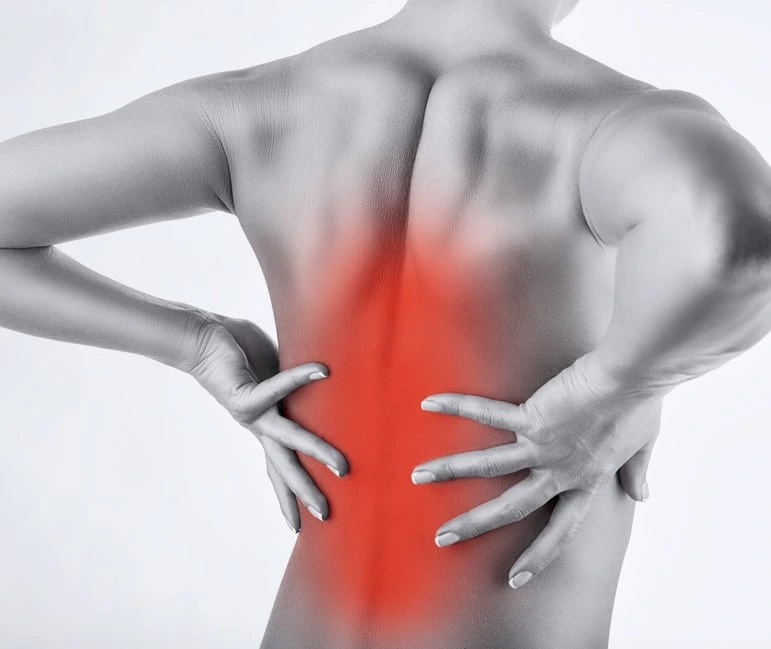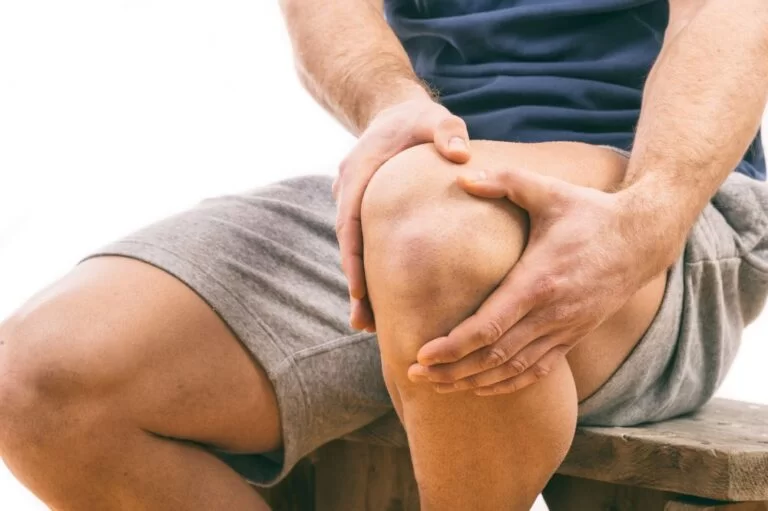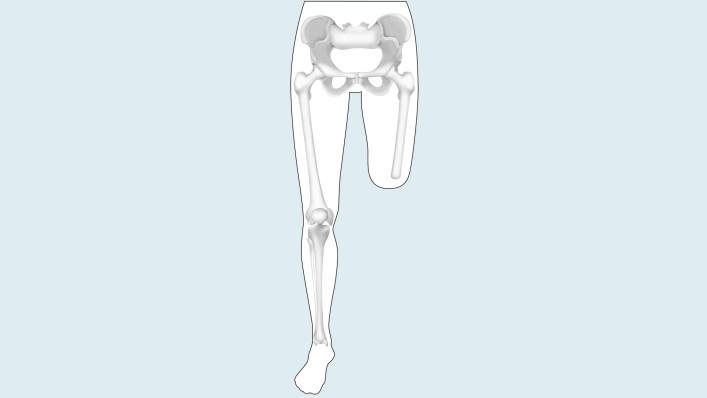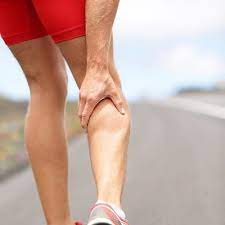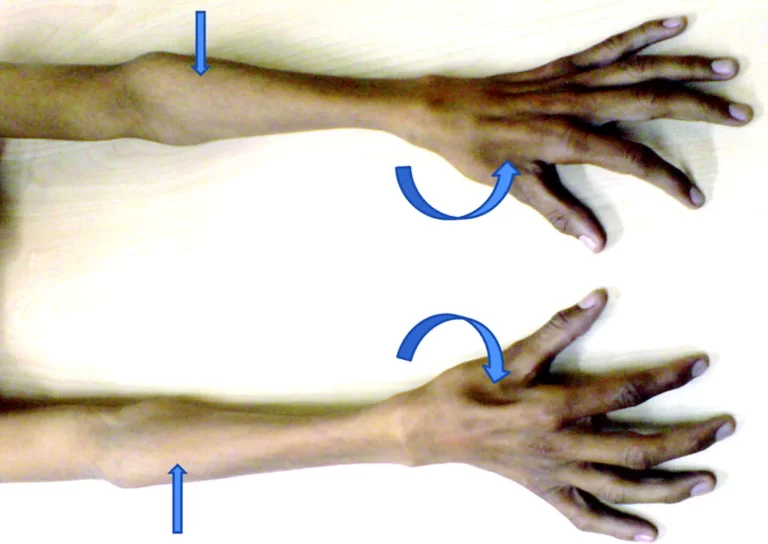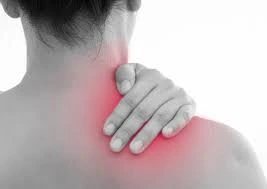Muscle Soreness In The Back
Introduction
Muscle soreness in the back can result from activities like heavy lifting, repeated movements, and bad posture that put undue tension or overwork on your back muscles.
Delay in onset muscular soreness (DOMS), another name for muscle soreness, usually happens 24 to 72 hours after the exercise. It results from inflammation brought on by tiny injuries to the muscle fibres. The back muscles may feel painful, tight, and stiff as a result of this injury and inflammation.
There are steps that should be taken to avoid back muscle soreness. First and foremost, posture is really important. Maintain a straight spine, raised chest, and shoulders back whether you’re seated or standing. This lessens tension on your back muscles by distributing the weight more equally over them.
It’s also essential to warm up before engaging in any physical exercise. To prepare the muscles for exercise, this might involve modest stretching, moderate motions, or a little stroll to improve blood flow to the affected areas. Reducing the chance of discomfort may also be achieved by gradually increasing the time or intensity of your exercises. This will help your muscles adapt and get stronger.
It is crucial to lift with appropriate form in order to preserve your back muscles. When carrying big goods, bend at the knees and use your leg muscles’ strength instead than only your back. When lifting, try to avoid twisting or jerking actions since these might put tension on the back muscles.
Regular rests throughout extended durations of sitting or standing might aid in reducing stiffness in the muscles and enhancing blood flow. Additionally, as stress can exacerbate tense and aching muscles, it’s critical to practice stress management practices. Muscle relaxation and stress reduction can be achieved by practicing relaxation techniques such as yoga, meditation, or deep breathing.
Finally, sustaining a healthy lifestyle is essential to the general health of your muscles. Important elements include maintaining hydration, eating a balanced diet, and obtaining adequate sleep. Your muscles can heal and perform at their best when you eat well and get enough sleep.
Signs and symptoms
There are a few frequent symptoms and indicators you may encounter when it comes to back muscle soreness. Among them are:
- A dull, continuous aching or stiffness: Your back muscles may give you this sensation.
- Tenderness to touch: When you apply pressure to the afflicted muscles, they might feel sensitive or delicate.
- Limited range of motion: Achy muscles might make it uncomfortable for you to move your back, which makes it challenging to twist, bend, or carry out specific tasks.
- Muscle fatigue: It may be difficult to maintain good posture or to do physical activities if your back muscles feel weak or worn out.
- Delayed onset: Rather than occurring right away, muscle discomfort usually manifests 24 to 72 hours following the triggering action.
Recall that these are often temporary signs that will go away in a few days as your muscles heal. It’s wise to get a further assessment from a healthcare provider if the soreness continues or gets worse.
Causes of Muscle Soreness In The Back
Back muscle soreness can be brought on by a number of things, such as:
- Bad Posture: Keeping your back muscles strained and uncomfortable can result from slouching or hunching over for lengthy periods of time.
- Overexertion: Excessive tension on the back muscles can result in soreness from activities that require heavy lifting, repeated motions, or abrupt movements.
- Extended Sitting: Prolonged sitting without adequate back support or breaks can cause sore back and stiffness in the muscles.
- Muscle Imbalance: Certain muscles may get overused as a result of imbalances in the muscles supporting the back, which can cause soreness in the back and discomfort.
- Injury or Trauma: Muscle sprains, strains, and other injuries that cause back muscle stiffness can be caused by accidents, falls, or unexpected impacts.
It is noteworthy that back muscular soreness is typically a transient state that may be resolved with rest, mild stretching, and self-care techniques. It is best to seek medical assistance for a proper diagnosis and direction if the soreness is persistent, accompanied by extreme pain, or by other serious symptoms.
To reduce the chance of experiencing muscular soreness, always remember to take care of your back and maintain proper posture and body mechanics.
Diagnosis
A medical expert will probably start by asking you about your symptoms when you see them. They could ask you where the pain is when it started, and what motions or activities aggravate or ease it.
The medical practitioner will also perform a physical examination to evaluate your muscular strength, range of motion, and any soreness or inflammation. This aids in their comprehension of the possible cause of your back muscle ache.
It may be necessary to request further diagnostic tests, such as CT, MRI, or X-rays.
By ruling out further potential reasons including fractures, herniated discs, or other underlying disorders that could be causing your symptoms, these tests can assist.
It is noteworthy that the diagnosis of back muscular discomfort frequently rests on ruling out other, more severe disorders. Your healthcare provider could advise more testing or refer you to a specialist for additional assessment if they believe there is another underlying problem.
Treatment of Muscle Soreness In The Back
Soreness in the back muscles can be really painful! Your everyday activities may be impacted by a hurting back, which can result from bad posture, hard lifting, or extended sitting. But don’t worry, there are solutions available to help you feel better and get relief.
Gentle Stretching:
Gentle stretching exercises are a useful tool for treating back muscular soreness. Try some easy stretches like the cat-camel stretch, which involves arching your back up and down while on all fours. The child’s position, which involves kneeling on the floor, sitting back on your heels, and extending your arms forward, is another useful stretch.
Warm Compress:
Soreness can be lessened and stiff muscles can be relaxed by applying a warm compress to the afflicted region. To relieve back pain, try using a heating pad, a warm cloth, or even a warm bath or shower.
Rest and Avoid Aggravating Activities:
Resting your back is essential for healing. Steer clear of activities like hard lifting and extended sitting that make the discomfort worse. Rather, consider adding low-impact exercises like swimming or walking to your regimen as they can help with recovery and increase blood flow.
Seek Professional Help:
It’s always a good idea to see a healthcare provider if the discomfort continues or becomes worse. They are able to accurately diagnose your ailment and provide customized workouts or treatments.
There are a few at-home treatments you may try for minor bouts of muscular pain. It’s critical to rest and abstain from activities that make the discomfort worse. To ease discomfort and decrease inflammation, apply heat or ice to the afflicted region. You can take a warm bath, use a heating pad, or use an ice pack covered in a towel for 15 to 20 minutes many times a day.
Acetaminophen or ibuprofen, two over-the-counter pain medications, can also help control discomfort and lessen inflammation. Just be careful to take the medication as directed, and get medical advice if you have any questions or concerns about any underlying medical issues.
It is recommended to speak with a healthcare provider if the muscular discomfort worsens or continues. They could suggest physical therapy, in which a skilled therapist can lead you through particular exercises and methods to build muscular strength and reduce discomfort.
Your doctor may occasionally suggest alternative therapies like massage therapy, acupuncture, or chiropractic adjustments in addition to prescribing muscle relaxants. These methods can aid in releasing tension and relaxing the muscles.
Keep in mind that each person’s circumstances are different, so speaking with a healthcare provider is crucial for an accurate diagnosis and customized treatment plan. They may offer you guidance that is specifically catered to your needs.
How to Prevent Muscle Soreness In The Back?
There are a couple of things you can take to avoid back muscle soreness:
- Maintain excellent posture: To prevent overstressing your back muscles, make sure you sit and stand with appropriate posture. Maintain a raised chest, back shoulders, and a straight spine.
- Warm up your muscles before doing any vigorous physical activity: Before beginning any intense exercise, always warm up your muscles. This might be taking a little stroll, doing some moderate stretching, or making mild motions to get your blood flowing and muscles ready for activity.
- Increase your activity level gradually: Whether you’re beginning a new fitness regimen or stepping up the intensity of your workouts, take it slow. This lowers the chance of experiencing muscular soreness by enabling your muscles to adapt and get stronger over time.
- Employ safe lifting techniques: Avoid putting undue pressure on your back by bending at the knees and using your leg muscles while lifting heavy goods. When lifting, try not to twist or jerk because this might overwork your back muscles.
- Take frequent rests: Make sure to take regular pauses to stretch and move about if your profession needs you to sit or stand for extended periods of time. This encourages blood circulation and lessens the chance of muscular stiffness.
- Manage your stress: Tension and pain in the muscles can be caused by stress. Practice deep breathing, meditation, or yoga as relaxation methods to assist in lowering tension and encourage relaxed muscles.
- Keep up a healthy lifestyle: A balanced diet, regular hydration, and adequate sleep are all critical to the general health of your muscles. Your muscles can heal and perform at their best when you eat well and get enough sleep.
Though these suggestions will lessen your chance of experiencing muscle soreness, it’s advisable to listen to your body and see a doctor if you have any concerns.
Conclusion
Although back muscle soreness might be uncomfortable, it can be relieved with the correct support and care. Don’t forget to rest your back, use warm compresses, stretch gently, and get expert assistance if necessary. If you take good care of your back, you’ll quickly return to being pain-free and powerful!
Your back muscles will feel achy or painful if you have muscular soreness. Activities that overstretch or strain the muscles may be the cause. Keep proper posture, warm up before working out, and increase your activity level gradually to avoid it. Take frequent pauses, control your tension, lift safely, and lead a healthy lifestyle.
FAQs
How can I relieve muscle soreness in my back?
Home-based treatment. Taking it easy for a full day or two is the standard protocol for recovering after a minor injury or strain. Apply an ice pack together with an over-the-counter painkiller such as naproxen, acetaminophen, aspirin, or ibuprofen. A heating pad or pack can help relax muscles and connective tissue once the irritation has subsided.
How long should back soreness last?
The duration of acute back pain might range from a few days to many weeks. With self-care, it normally goes away on its own in a few days, with no permanent function loss. Pain that persists for 12 weeks or more following treatment for an initial injury or underlying cause of back pain is referred to as chronic back pain.
What can I drink to relieve muscle soreness?
Tart cherry extract. Tart cherry juice has potential benefits for both beginning and experienced gym attendees.
Both watermelon and its juice. Watermelon is nutrient-dense, delicious, and hydrating. Other options include pomegranate juice, beetroot juice, and whey protein smoothies.
Should I stretch a sore back?
Thankfully, there is a way to offset the effects of sitting and provide a little alleviation of lower back pain: mild stretches. Stretching increases the range of motion, lengthens muscles, and relieves stiffness. Try these out. If you have had back or hip surgery, see your doctor before starting any stretching exercises.
What distinguishes back pain from back muscle soreness?
Time is a crucial factor to consider when separating soreness from pain. The length of natural pain resulting from physical exertion is usually a few days. While soreness usually goes away after one to three days, pain could strike during or right after vigorous exercise.

